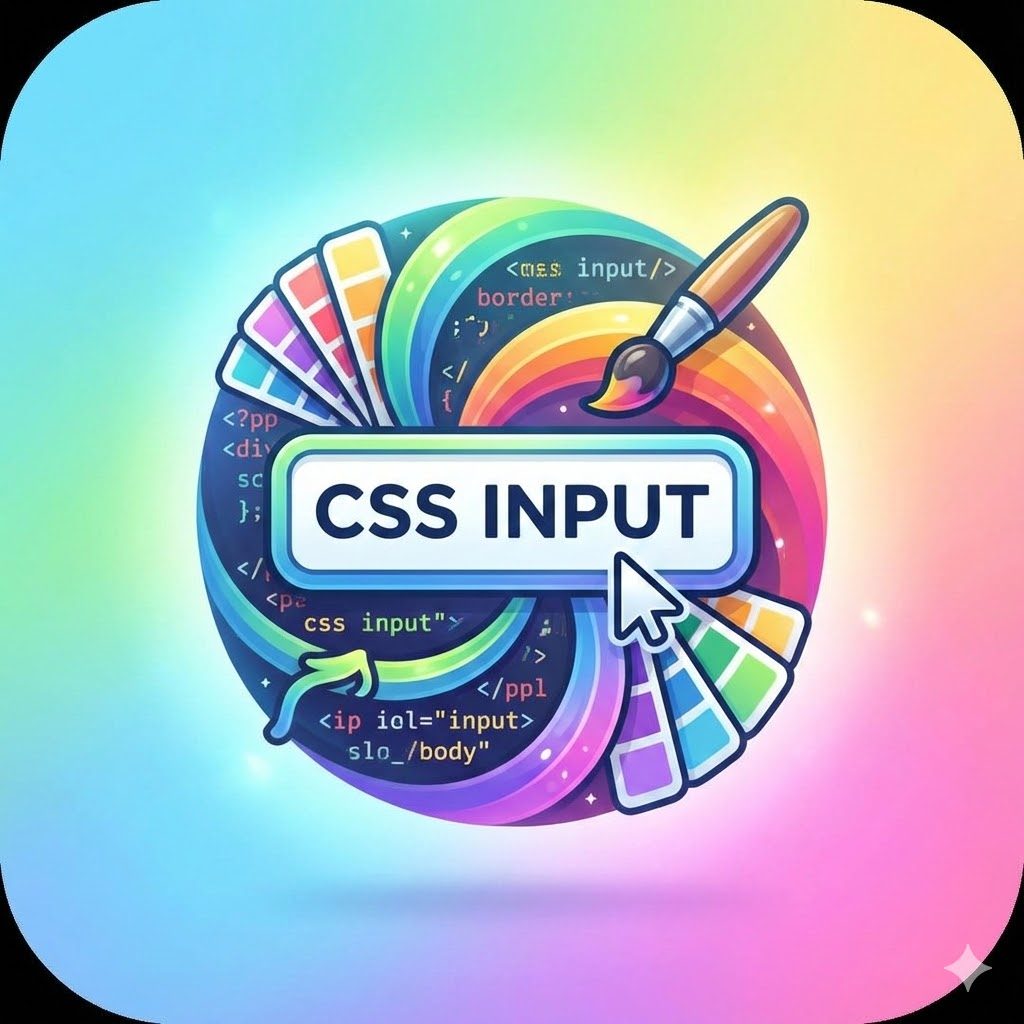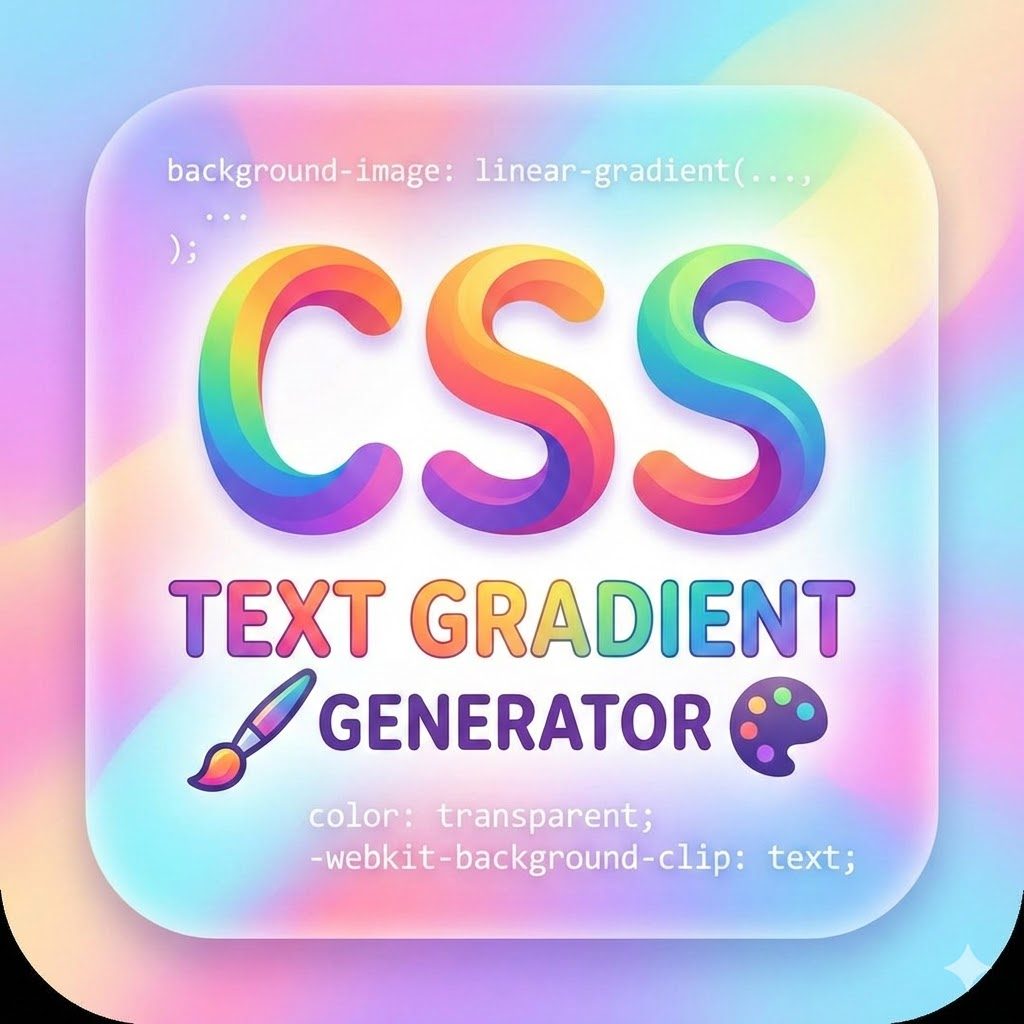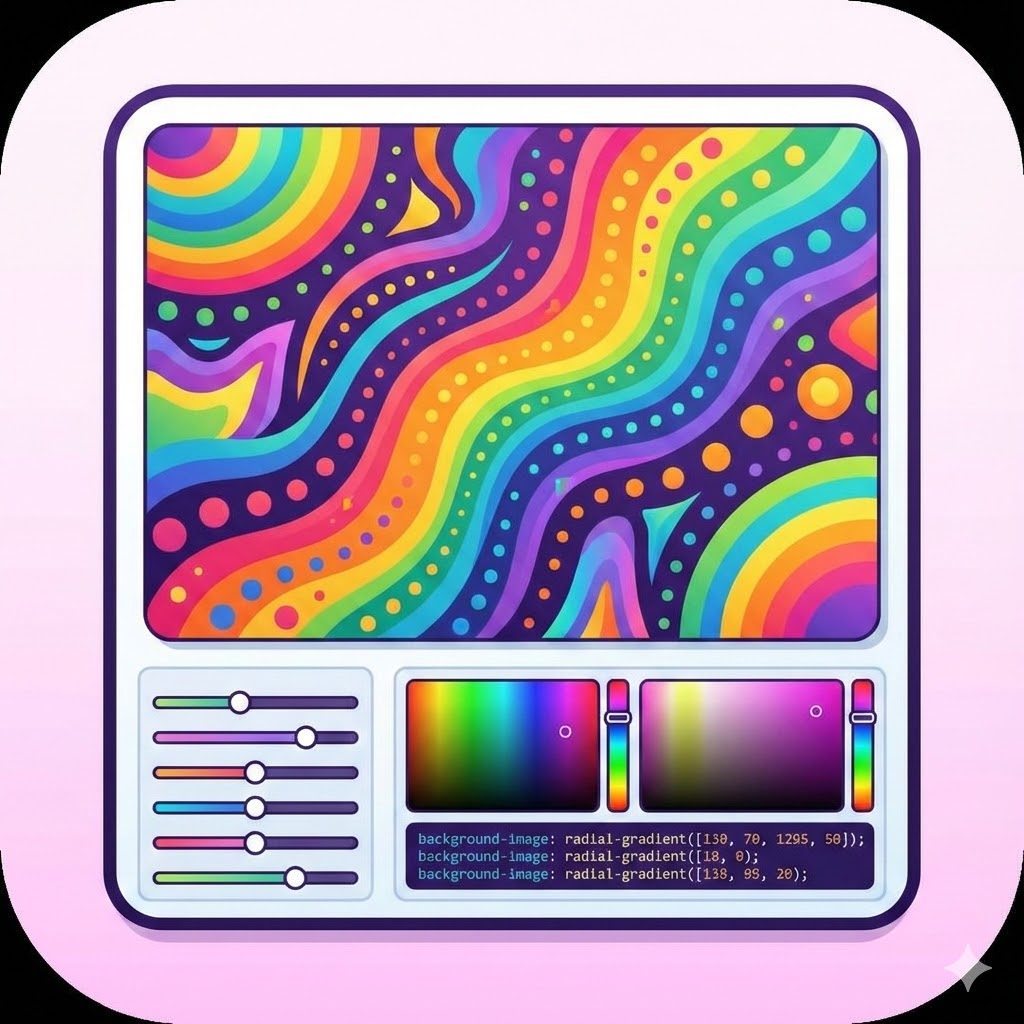frequency converter tool
Convert frequency units easily with our online frequency converter tool. Fast and accurate Hz, kHz, MHz, GHz conversions.
The Frequency Converter Tool is a versatile utility designed to help engineers, audio technicians, hobbyists, students, and anyone working with signals quickly convert and compare frequencies across units and scales. Whether you’re converting between Hz, kHz, MHz, GHz, or translating frequency to period (seconds), wavelength (meters) or musical notes, this tool gives precise results with contextual explanations and optional visualizations.
From RF design and audio engineering to physics labs and music theory, frequency conversions are essential — and this tool makes them fast, accurate, and easy to understand.
🔧 Key Features
🔁 Unit Conversions (Instant) — Convert between Hz, kHz, MHz, GHz, THz and vice versa with automatic SI-prefix handling.
⏱️ Frequency ↔ Period — Convert frequency to period (T = 1 / f) showing results in seconds, milliseconds, microseconds, etc.
🌊 Frequency ↔ Wavelength — Compute wavelength using user-specified propagation speed (default: speed of light in vacuum), and support mediums (air, water, custom).
🎶 Frequency ↔ Musical Note — Map frequency to nearest musical note (A4 = 440 Hz by default) with cent offset and enharmonic name.
📈 Visualizations — Optional plots: frequency spectrum marker, frequency ↔ wavelength graph, or timeline showing period.
⚙️ Custom Constants — Set speed of propagation (e.g., speed of sound in air ~343 m/s at 20°C) or reference pitch (A4 tuning) for tailored calculations.
🧮 Batch Mode — Convert lists of frequencies or CSV upload for bulk conversions and downloads.
🔍 Precision Controls — Choose significant digits, scientific notation, or engineering format (SI prefixes).
📚 Contextual Explanations — Each result includes a short explanation (formula used, units, and assumptions).
📱 Responsive & Offline-Friendly — Works in any modern browser and supports offline calculations for local use.
🔒 Privacy by Design — All computations run client-side; no data is stored or uploaded.
🧠 Why It’s Useful
Frequency conversions are central across many domains:
RF engineers quickly translate oscillator frequencies to wavelengths for antenna design.
Audio technicians convert Hz to musical notes and analyze the relationship between frequency and pitch.
Physicists & students convert frequency to period or wavelength for lab measurements and wave experiments.
Hobbyists & makers working on radio projects, ultrasonic sensors, or sound synthesis benefit from instant unit translation.
This tool removes manual calculation errors and speeds up iterative design, testing, and learning.
🔬 How It Works (Quick Workflow)
Enter a frequency value (e.g.,
2.45 GHz) or select a conversion mode.Choose target unit(s): Hz/kHz/MHz/GHz, period, wavelength, or musical note.
(Optional) Set medium speed (e.g., speed of sound at a given temperature or speed of light constant) or tuning reference.
View results instantly with a clear formula, numeric output, and optional visual graph.
Export results as CSV or copy formatted values to clipboard.
Formulas used (examples):
Period:
T = 1 / fWavelength:
λ = v / f(wherev= propagation speed)Note mapping: compute semitone offset from reference (A4), then map to note name + cents.
🎯 Typical Users
RF & wireless engineers calculating antenna lengths and propagation characteristics.
Audio engineers & musicians mapping frequencies to pitches and tuning systems.
Physics students & educators using the tool for lab exercises and demonstrations.
Electronics hobbyists designing oscillators, filters, or sensor systems.
Content creators producing educational material that explains wave behavior.
✅ Extra Tips & Best Practices
For accurate wavelength in matter, set the medium’s refractive index or propagation speed rather than using vacuum light speed.
When converting to musical notes, choose your preferred concert pitch (A4 = 440 Hz is standard; adjust if needed).
Use the engineering format (SI prefixes) for readability when working with very large or small frequencies.
Use batch mode for analyzing measurement logs or multiple oscillator frequencies at once.
✨ In Short
The Frequency Converter Tool is a precise, flexible, and educational utility that simplifies converting frequencies, periods, wavelengths, and musical notes — with helpful visualizations, batch processing, and domain-aware defaults. It’s a practical companion for anyone working with waves, signals, and sound.
Convert faster. Design smarter. Understand waves better. 🌐🔭🎵






